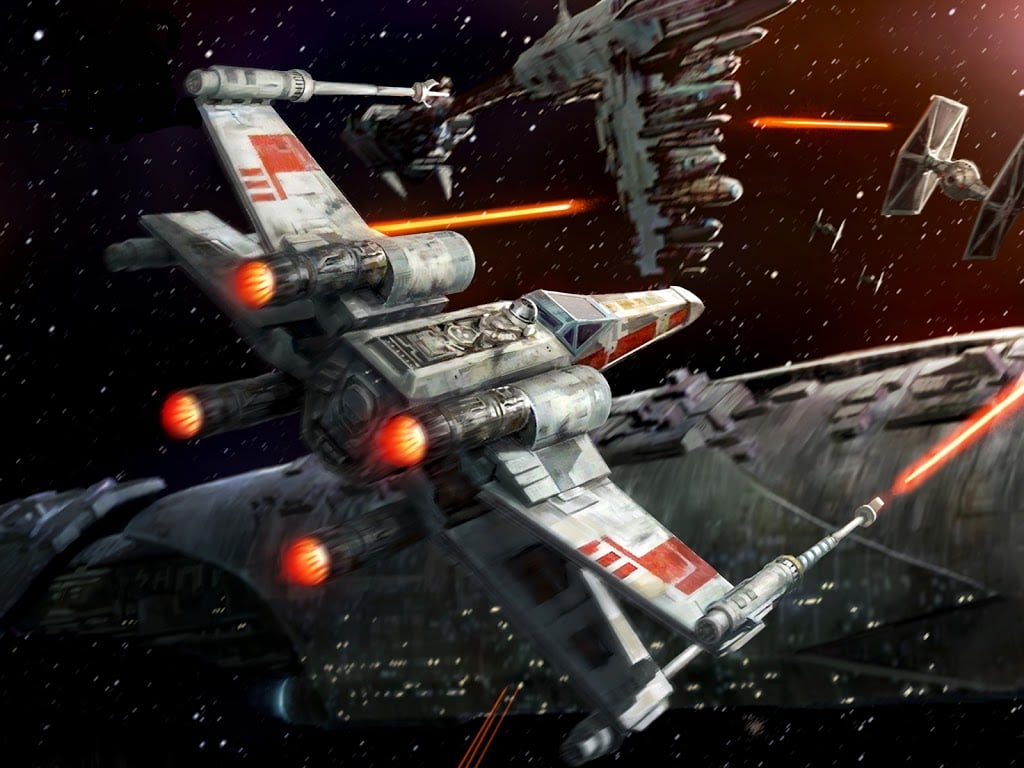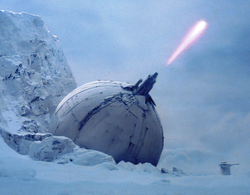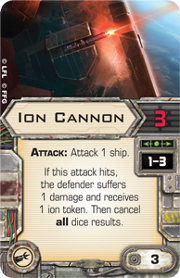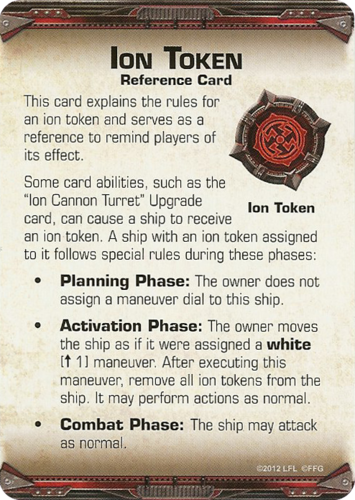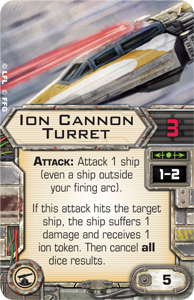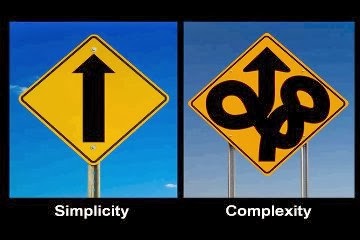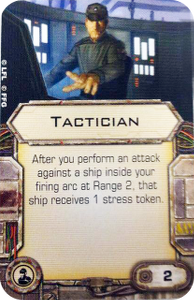X-Wing Academy: Ion Weapons Explained!
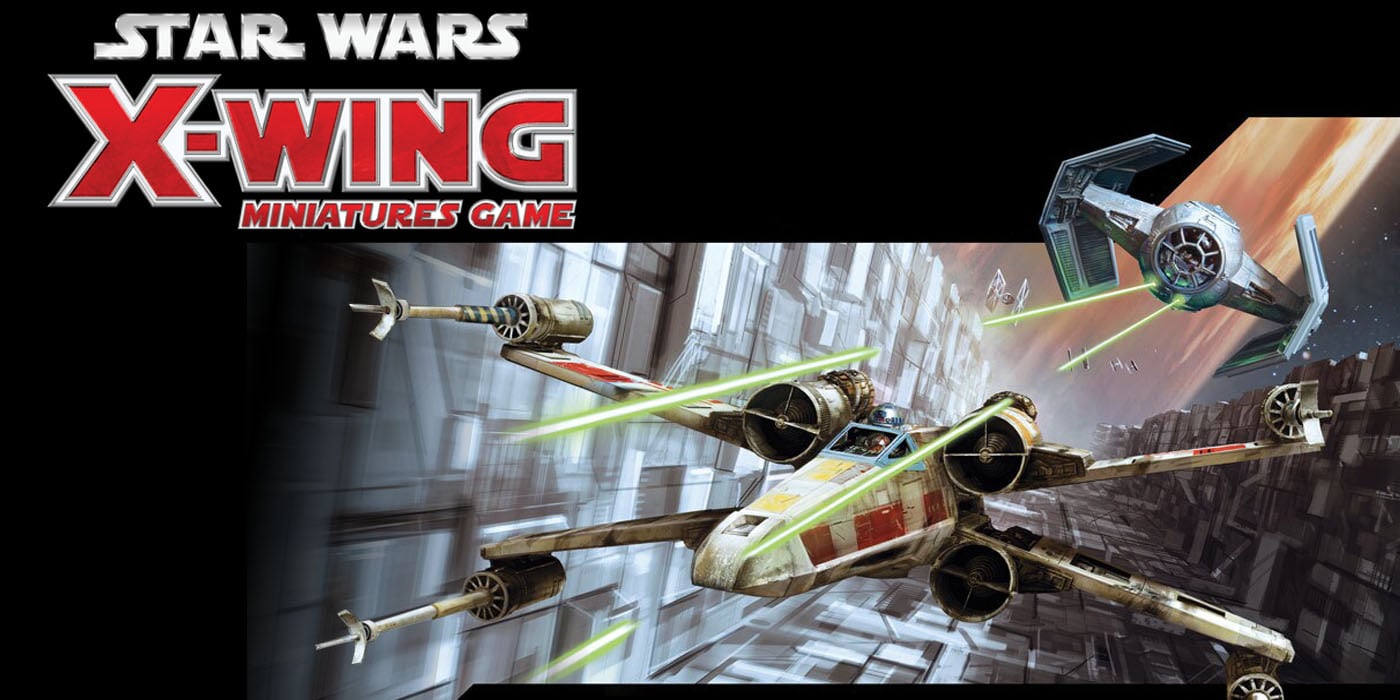

Ion weapons can be one of the most devastating tools in your arsenal – But how do they work, exactly? Class is in session!
One of the most Iconic class of weapons in Star Wars, to me, is the Ion weapon. It’s portrayed as a class of weapon that basically fries or interrupts the electronics on the unlucky target. In one of my favorite scenes from Empire Strikes Back – the Rebels use a planetary-based version to by-pass the Imperial Blockade of Hoth. That scene stuck with me because a few blasts from this massive cannon rendered a Star Destroyer useless! No shields, no lights, no return fire – NOTHING! Why didn’t they just do that all the time?! Well…because of plot, duh!
Fast forward to now and we have a plethora of Ion weapons in X-Wing. They work a little different so I’m bringing in our resident Professor-at-large to teach the class here at the X-Wing Academy How Ion Weapons work in game. Clint, do your thing!
Ion Weapons
I just relatively recently realized I’ve been playing Ions wrong from basically the start, which while disappointing to be sure, I think will turn out to be a good thing in the long run, at least for the purposes of this post and for readers like you.
After my incorrect rule interpretation was brought to light, I wondered how many other people have been playing it wrong as well. Not trying to sound egocentric or anything – I hope that doesn’t come off as, “Oh, well if I’ve got it wrong, everyone else must too,” as that’s not my intention. The fact of the matter is though, I wrote the Ion Cannon Turret post with my previous (in other words, incorrect) understanding of the rule quite a while back and none of y’all called me on it. Don’t bother clicking on it now and trying to find where I screwed it up- I’ve fixed it. And yeah, I realized all of this before I posted Ion Cannon, so don’t bother. 🙂
Secondly, there’s the matter of the rule being written with some rather ambiguous language. The rule isn’t exactly 100% straightforward to begin with, so it’s rather easy to see how and why so many people have gotten this rule wrong.
So what’s the story with Ion Weapons? You’ve got two groups of rules, essentially: The card text on the Ion Weapon cards themselves (Ion Cannon Turret and Ion Cannon) and the Ion Token card. The weapon cards explain how to inflict an Ion Token upon some poor sap, the Ion Token card, as you might expect, explains what that means exactly when a ship ends up with one.
First, let’s look at the text on the Ion Cannon Turret (ICT) and Ion Cannon (IC) cards. The text is virtually identical save for an inconsistency where the ICT talks about the target ship and the IC which talks about the defender. I’m comfortable saying they’re virtually identical, other than the bit on the turret card being able to fire at stuff outside the firing arc. The text is as follows:
If this attack hits the target ship/ defender, the ship suffers 1 damage and receives 1 ion token. Then cancel all dice results.
Ok, so first, the word “hit” is an official rulebook sense of the word “hit“, not the local parlance for a attack die result that looks like a filled in explosion symbol. For more info on that, check out the X-Wing Academy: The Combat Phase Explained article. To sum up succinctly, if after cancellations you’ve got at least one hit (as defined by the rulebook – a hit icon or crit icon) on your target, the target suffers one damage and gets an ion token.
Then cancel all dice results. Just to be 100% clear – IC and ICT can only ever cause 1 point of damage no matter how many hit/crit symbols you rolled.
What effect does this Ion Token have on the target? Does it have an immediate effect besides the 1 Damage?
Well, yes and no. They do immediately gets the token, but it doesn’t really have any effect until after this round ends – that is, they can still use any Action Tokens he has in play and shoot as normal for the rest of this game round.
As soon as the End Phase is complete, thus ending that game round, a new round begins with another Planning Phase. That’s the phase you pick up all your movement dials and start selecting the maneuvers for your ships. However, the ship with the Ion Token though doesn’t select a maneuver on his dial though – they now has some sparkly new special rules to adhere to. This is when the text on the Ion Token actually invokes some effects. Lets break that down step-by-step
1. Planning Phase: The owner does not assign a maneuver dial to this ship. Yes, this is the only way I know of to keep somebody from dropping Seismic Charges out the back of a Firespray.
2. Activation Phase: The owner moves the ship as if it were assigned a white 1 straight maneuver. After executing this maneuver, remove all ion tokens from the ship. It may perform Actions as normal.
3. Combat Phase: The ship may attack as normal.
So that’s it.
The only other thing worth mentioning about Ion Tokens is you need TWO of them to Ionize any of the large ships.
As I’ve alluded to before, an ion shot in and of itself isn’t bad. Especially on some super-maneuverable, super-dangerous enemy. But the time you really want to get an ion shot in is on a ship with a Stress Token. As Ion Token card point number 2 forces them into making a white maneuver instead of a green one, they keep the Stress Token and therefore can’t declare an Action this turn. That’s good stuff right there. If only there was a way to give targets stress…
Ion weapons locked and loaded? Good – Class Dismissed!
This series was originally written by Clint Weisgerber of themetalbikini blog. It has been updated, edited and reprinted with permission.

